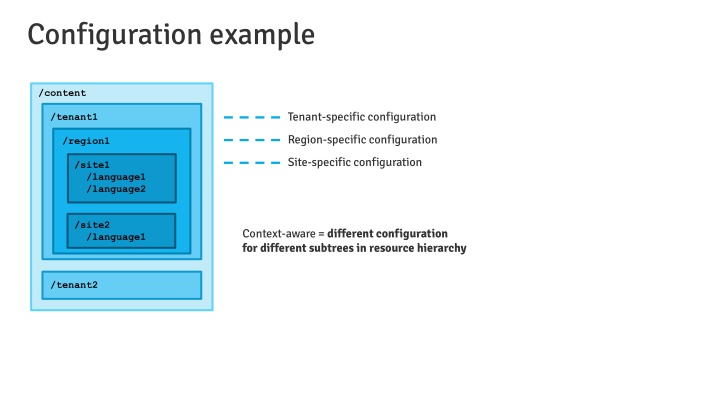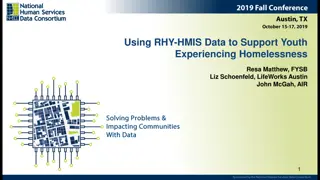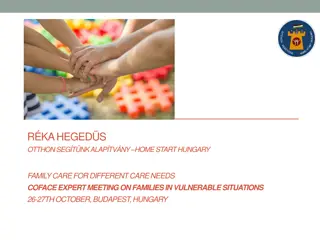
Collaborative Multi-System Team Supporting Youth and Families
Bringing together decision-makers from various systems to develop a plan supporting youth and families. Encouraging inclusion of cultural practices, trauma-informed approaches, and authentic connections. Emphasizing the expertise and value of families in their own lives. Planning for reducing system involvement, building community connections, and addressing barriers.
Download Presentation

Please find below an Image/Link to download the presentation.
The content on the website is provided AS IS for your information and personal use only. It may not be sold, licensed, or shared on other websites without obtaining consent from the author. If you encounter any issues during the download, it is possible that the publisher has removed the file from their server.
You are allowed to download the files provided on this website for personal or commercial use, subject to the condition that they are used lawfully. All files are the property of their respective owners.
The content on the website is provided AS IS for your information and personal use only. It may not be sold, licensed, or shared on other websites without obtaining consent from the author.
E N D
Presentation Transcript
Configuration example /content Tenant-specific configuration /tenant1 Region-specific configuration /region1 Site-specific configuration /site1 /language1 /language2 /site2 /language1 Context-aware = different configuration for different subtrees in resource hierarchy /tenant2
Contexts and configuration references /content /mysite @sling:configRef = "/conf/mysite" /page1 Context / Content resources /conf /mysite /sling:configs x.y.z.MyConfig @param1 = "value1" Configuration resources MyConfig config = resource.adaptTo(ConfigurationBuilder.class).as(MyConfig.class); String param1 = config.param1();
Configuration resource lookup /content /tenant1 @sling:configRef = "/conf/brand1/tenant1" /region1 @sling:configRef = "/conf/brand1/tenant1/region1" /site1 @sling:configRef = "/conf/brand1/tenant1/region1/site1" /conf /brand1 4 Resource lookup order for configuration hierarchies /tenant1 3 /region1 2 /site1 1 /conf/global 5 /apps/conf 6 Fallback to /conf/global an /apps/conf and /libs/conf /libs/conf 7
Resource inheritance /content /site1 @sling:configRef = "/conf/site1" /page1 /conf/site1/sling:configs feature sling:configCollectionInherit = true C /conf/global/sling:configs feature A B Collection<ValueMap> configs = resource.adaptTo(ConfigurationBuilder.class) .name("feature").asValueMapCollection();






















